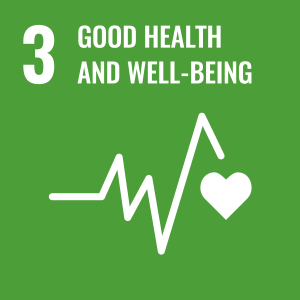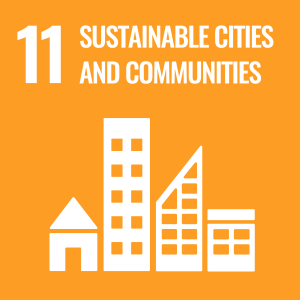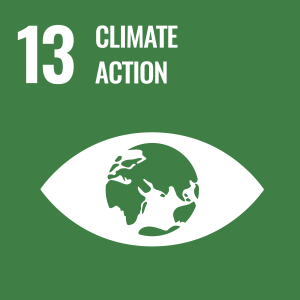Weather-health alert system is a success, but colour-coded confusion still remains, says new research
England’s shift from fixed temperature to impact-based weather alerts is working well, but some minor confusion remains around its colour-coded warnings, according to new research from the University of Surrey.

The first full year of the new Weather Health Alert (WHA) system – run jointly by the UK Health Security Agency (UKHSA) and the Met Office – saw extreme heat causing more than 1,300 deaths during four heatwaves in the summer of 2024 and over 5,500 deaths linked to cold weather in winter 2022/23, according to official figures.
A review of the first year of the new system – conducted by experts from Surrey’s Institute for Sustainability – indicates that it is working well for emergency planners, local authorities, social and healthcare providers, and other service organisations in supporting vulnerable groups. This research stemmed from a consultancy project carried out by the Sustainability Innovation Hub – the consultancy arm of the Institute – working directly with the UKHSA.
The evaluation team, which assessed stakeholder experiences with the new WHA system, also identified areas for future refinement that could further reduce health impacts and prevent potential deaths from extreme weather.
The new system is colour-coded (yellow, amber and red) based on a joint assessment carried out by the UKHSA and Met Office partners in the system, considering both the potential impact of the weather and the likelihood of those impacts happening. Each colour covers a range of possible scenarios: yellow often signals impacts on vulnerable groups or local services, amber signals more serious and widespread impacts requiring coordinated responses and red is reserved for extreme events where urgent action is needed. Alongside the colour, a numerical risk score is also provided, giving further clarity on how the risk compares to other events within the same colour band.
Published in Environmental Science and Policy, the review is based on a series of online workshops with 93 participants, consisting of emergency planners from local authorities, NHS, central government and frontline service providers. The team also conducted follow-up interviews to clarify findings.
The study did find some areas for improvement with the new system. Researchers were told that the yellow alert scale (levels 7–11) could be clearer, with some stakeholders unable to distinguish between the levels or know what additional action each required.
One emergency planner noted that when a yellow alert was reissued at a slightly higher level a few days later, it was unclear whether this meant additional action was needed. While emergency planners valued the detailed information in the alerts, the frontline staff the team spoke to sometimes found the text too complex to act on quickly.
Participants suggested introducing a simplified version of alerts for rapid use on the ground, supported by fuller guidance for planners who need the extra detail. Other positives included fewer unnecessary alerts – helping to reduce alert fatigue – and better coordination between agencies.
Our weather health-alerting system is designed to help our stakeholders across the health, care and voluntary sectors prepare for adverse temperatures that impact on the health and wellbeing of the population, so we are delighted that the findings show it is fulfilling its aim so early after launch.Dr Ross Thompson, a Principal Environmental Public Health Scientist at UKHSA
By combining trusted weather forecasting with health risk insights, the alerts give frontline teams practical, timely information to protect the most vulnerable. We take all feedback onboard as we aim to continuously improve the system, and we continue to work closely with the Met Office around future developments and alignment of our system and the National Severe Weather Warnings Service.’
For frontline staff and the general population, not immersed in emergency planning, the new system should mean better planning for heatwaves, safer care during cold spells and fewer shocks when extreme weather hits. People benefit because services are more resilient and better prepared. If remaining sources of confusion around the colour-coded alerts are addressed, the WHA system could reduce health impacts even further in summers and winters to come.Haeyoung Eun, co-author of the study from the Institute for Sustainability
This project aligns with the UN Sustainable Development Goals, including good health and wellbeing (SDG3), resilient infrastructure (SDG9), sustainable cities and communities (SDG11) and climate action (SDG13).
Visit the Sustainability Innovation Hub case study page to learn more.
Related sustainable development goals




Featured Academics
Media Contacts
External Communications and PR team
Phone: +44 (0)1483 684380 / 688914 / 684378
Email: mediarelations@surrey.ac.uk
Out of hours: +44 (0)7773 479911
